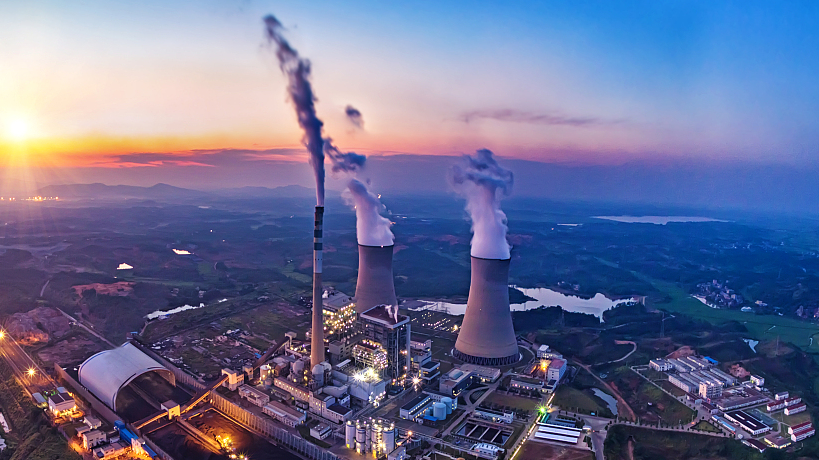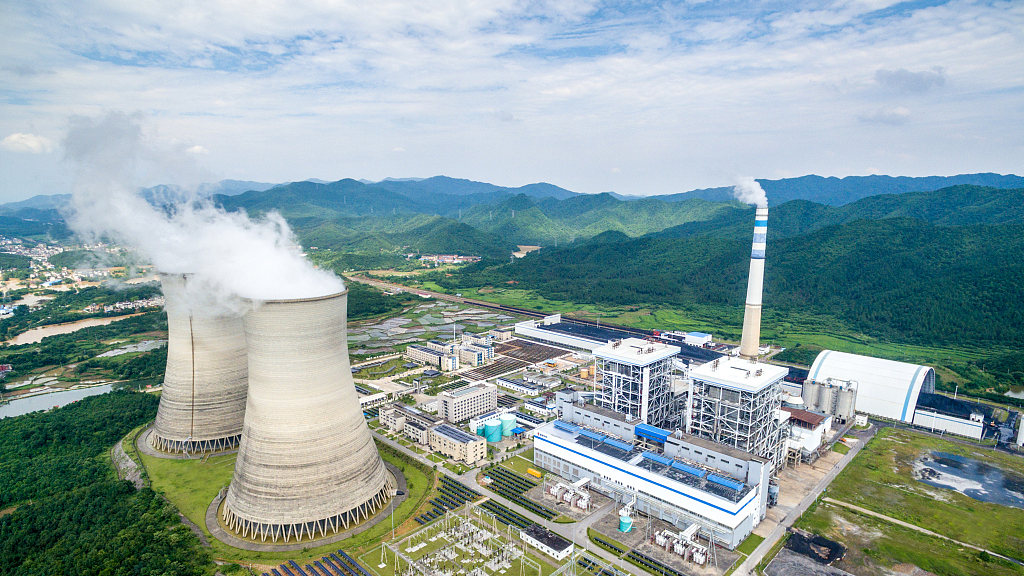As of December 22, China's national carbon market has included 2,162 key emitters in the power generation industry in the first implementation period from January 1 to December 31, covering about 4.5 billion tons of carbon dioxide emissions annually. The cumulative trading volume of carbon emissions quota reaches 140 million tons, with a total trading value of 5.802 billion yuan, according to the Ministry of Ecology and Environment.
China's national carbon trading market was launched in 2017 after a pilot operation in seven provincial-level regions in 2011. The idea behind its launch was to explore market-based mechanisms to control greenhouse gas emissions.
On January 1, the first implementation period of the power generation industry in the national carbon market was officially launched. The national carbon market started online trading on July 16.

As of December 22, China's national carbon market has included 2,162 key emitters in the power generation industry in the first implementation period from January 1 to December 31, covering about 4.5 billion tons of carbon dioxide emissions annually. /VCG
As of December 22, China's national carbon market has included 2,162 key emitters in the power generation industry in the first implementation period from January 1 to December 31, covering about 4.5 billion tons of carbon dioxide emissions annually. /VCG
"Since the online trading of the national carbon market was launched on July 16, the overall operation has been stable, with enterprises' awareness of emission reduction constantly improving and the market activity steadily increasing," Liu Youbin, spokesperson for the Ministry of Ecology and Environment, told a regular press conference on Thursday.
China's national carbon market is one of the core policy tools to achieve carbon peak and carbon neutrality.
Carbon trading is the process of buying and selling permits to emit carbon dioxide or other greenhouse gases.
Companies are assigned quotas for carbon emissions and can sell surplus emission allowances to those in need of more pollution quotas.

"We will unswervingly follow the path of high-quality development that gives priority to ecology, green and low-carbon, and implement the national strategy to actively respond to climate change," said Liu Youbin. /VCG
"We will unswervingly follow the path of high-quality development that gives priority to ecology, green and low-carbon, and implement the national strategy to actively respond to climate change," said Liu Youbin. /VCG
"We will unswervingly follow the path of high-quality development that gives priority to ecology, green and low-carbon, and implement the national strategy to actively respond to climate change," added Liu Youbin.
Responding to reports that some companies in northern China have been asked to cut production to ensure air quality for the Winter Olympics Games, he said, "These are rumors and are not true." He added that the ministry will guide Beijing and the neighboring province of Hebei to take reasonable environmental protection measures in accordance with laws and regulations, and require accurate and scientific information disclosure to minimize the impact on economic and social operations and people's lives.
This year, the number of environmental impact assessment approvals for energy-intensive and high-emission projects and investment have dropped significantly and the number of approvals for these projects is expected to drop by more than 30 percent year-on-year, according to Liu Zhiquan, director of the Department of Environmental Impact Assessment and Emission Management, Ministry of Ecology and Environment.
(If you want to contribute and have specific expertise, please contact us at nature@cgtn.com.)

